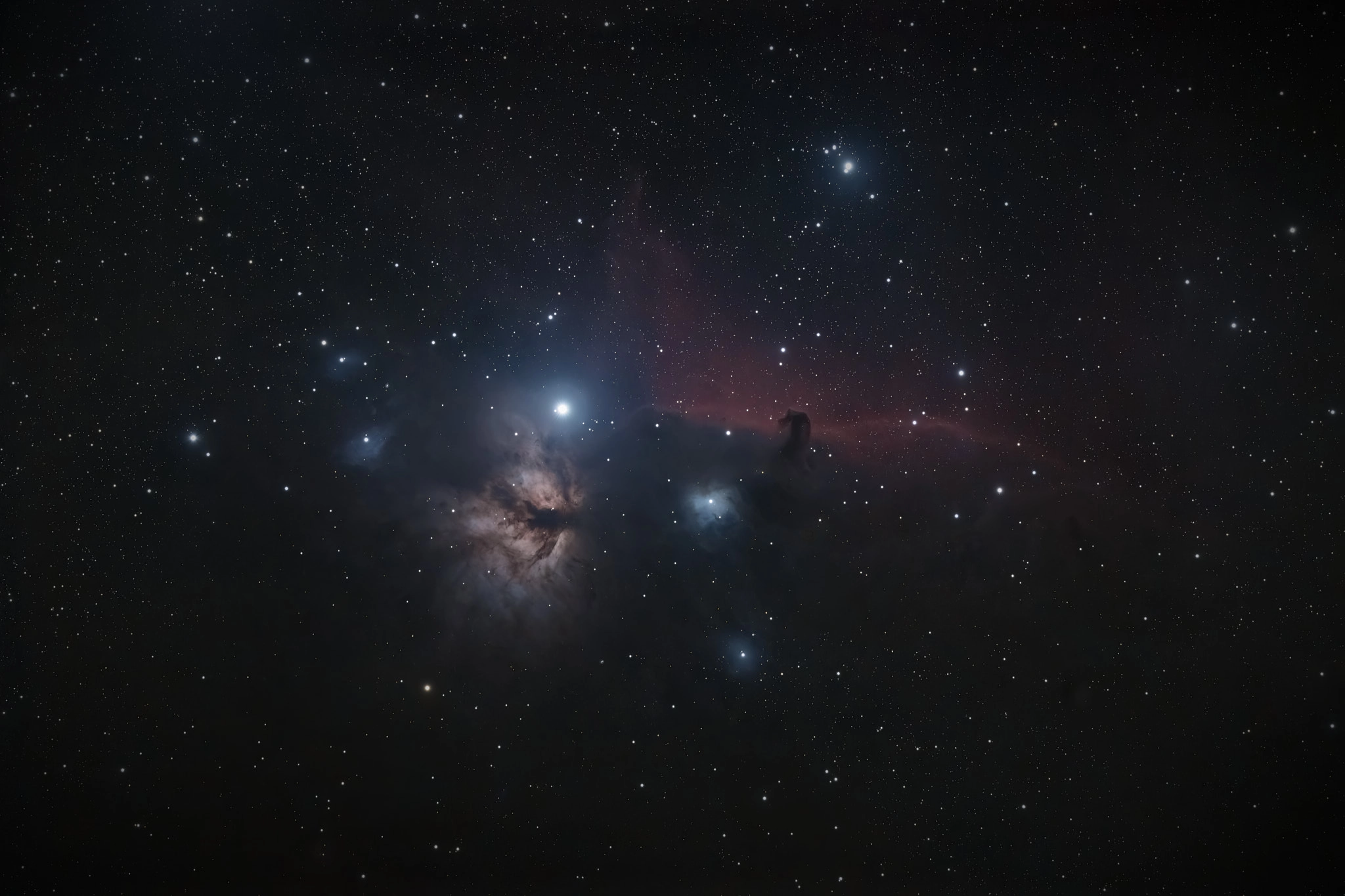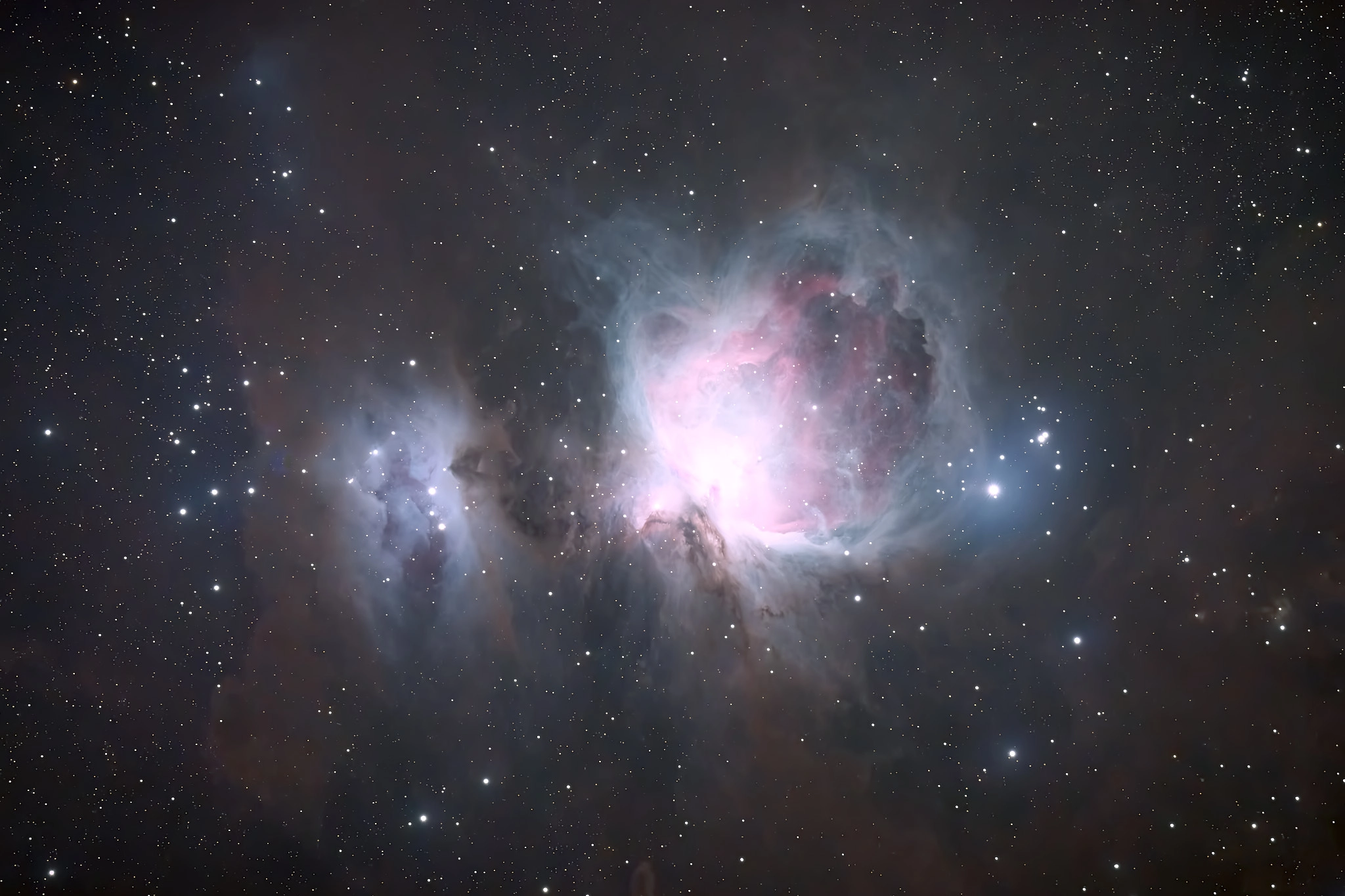I wrote about my return to using my German Equatorial Mount, refractor, and Canon DSLR in my last blog post. Since then I’ve refreshed both my mount and my reactor. In many way’s it’s the opposite of the lightweight setup I wanted a year ago, but what I realized I wanted was simpliciy. This gives me that, of a sort:
- Losmandy GM-8 German equatorial mount with Gemini 2
- Astro-Tech AT115EDT 115mm ED triplet refractor with 0.8x reducer/field flattener
The Losmandy mount is substantially heavier (even with their lightweight tripod) than anything I’ve used before. But it’s modular, comes apart easily, and is—in my experience so far—rock solid, feature rich, and a joy to operate.
The same can be said for the 115mm refractor, it is much heavier than my ED80, but what I gain for the added weight is a faster optic (f/5.6 with the reducer) with a larger aperture that can capture more in less time.
My first light with this setup was actually limited. I got 30 minutes of the Horsehead and Flame nebulas before they went behind a tree and clouds rolled in:

Shortly after that I got to capture a 1:23 of the Orion nebula over a couple nights:

I’ve had no complaints, no struggles, nothing so far with the mount — it is an utter joy to use. And because it’s upgradable, it could be the last mount I’ll ever own. I’m not sure I’d ever need to upgrade — I don’t anticipate putting anything on it heavier than the AT115EDT at present.
The AT115EDT is a beautiful telescope, with superb optics. I will say, figuring out that the camera rotator actually was two pieces, and you have to take one off to attach the reducer/flattener was a bit frustrating. But that’s a minor, one-time thing.
Look for more from this setup in the future.